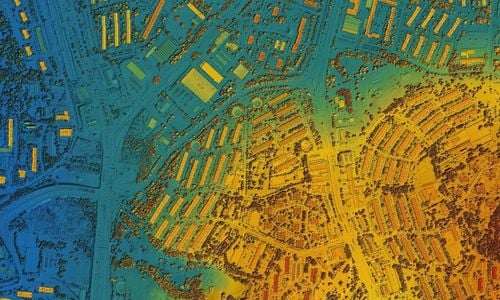New EPA Standard for Environmental Site Assessment

On December 15, 2022, the Environmental Protection Agency published a final rule recognizing ASTM E1527-21 as the new standard for performing a Phase I Environmental Site Assessment (“ESA”).
With this final rule, the “-21 standard” will become the governing standard to satisfy the All Appropriate Inquiries (“AAI”) component of establishing an innocent landowner's defense under the Comprehensive Environmental Response, Compensation, and Liability Act (“CERCLA”). The rule takes effect February 13, 2023. The previous rule ASTM E1527-13 will continue to satisfy AAI for a year following the effective date of the -21 standard, February 13, 2024.
The -21 standard includes two notable statements that were adopted to provide clarity to both the report “user” (defined as the party seeking an environmental assessment of the property) and the environmental professional (“EP”) conducting the analysis. First, the -21 standard defines “likely” in the context of a Recognized Environmental Condition (“REC”), as that which is neither certain nor proved, but can be expected or believed based on the EP’s logic and experience, the available evidence, or both. Second, rather than using a variety of terms to refer to the property being assessed, the -21 standard encourages the use of “subject property” throughout an ESA.
Regarding shelf life, the -21 standard clarifies that an ESA must be completed no more than 180 days prior to the date of acquisition for the report to remain viable. If five (5) specific components of the ESA have been updated, the report may remain viable for up to one year. The five components are: interviews, searches for recorded environmental cleanup liens, review of government records, site reconnaissance of the subject property, and the EP’s declaration. The time period begins with the date upon which the first of these components was completed.
Notably, the -21 standard emphasizes that EPs are not required to include emerging contaminants, such as per- and polyfluoroalkyl substances (“PFAS”), in their scope of work. However, the inclusion of emerging contaminants may be included as “non-scope” considerations. Inclusion may be of particular importance to prospective purchasers in states that have already adopted regulatory standards for such contaminants.
The new standard will assist developers and property owners as they seek to gain a comprehensive picture of environmental conditions and historical uses associated with a property.
It is important for consultants, and legal professionals advising purchasers or lenders, to begin understanding, and implementing the -21 standard. As EPs begin incorporating the -21 standard in ESAs, Bilzin Sumberg’s team of environmental practitioners will continue to work with clients and consultants to ensure that AAI is satisfied.


